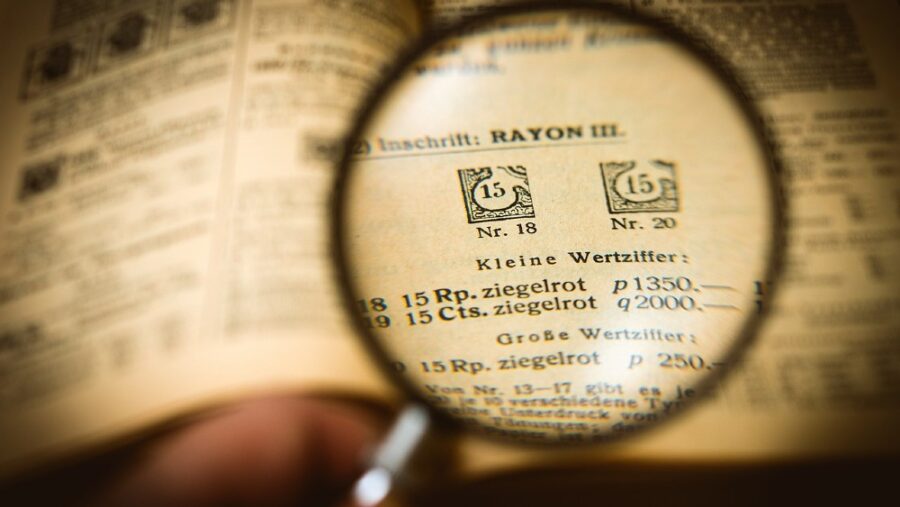Scientists Find Way To Reverse Time In Mind-Blowing Discovery

A new experiment published by researchers at the Technical University of Darmstadt in Germany and Roskilde University in Denmark shows that time may not be such a linear thing when it comes to some materials we interact with daily. After digging into the manner in which glass ages, the researchers happened upon the first physical evidence of a material-based measure of the ability to reverse time.
Physics Is Not Bound By Linear Time

When it comes to the laws of physics, there is little concern for the linear nature of time. When you take an equation that describes the movement of an object, for example, you can flip the equation around backward and easily calculate where the object began its movement. Scientists refer to such laws as “time reversible,” not that it can reverse time but that the situation can be undone to find its source.
Time And The Second Law Of Thermodynamics

Time is a rather interesting concept in terms of physics, and many individual laws shrug off the perceived pertinence of the forward progression of time. Scientists would say that time is an element or feature of the well-known second law of thermodynamics, the tendency for isolated systems to be more disordered than they were in the past in ways that cannot easily be rewound. It is almost always impossible to manually and effectively reverse time.
Reversing The Impact Of Time On Rusted Metal Isn’t The Same Thing

Some material systems are driven solely by the laws of entropy, and some are time-reversible, but scientists still have a difficult time distinguishing between the two. It’s important to note that time reversibility is not the same as the ability to reverse the effects of time on a material or surface.
In terms of an old piece of rusty metal, the weathering and deterioration of the metal can easily be reversed (like you did reverse time) with a little elbow grease and the right tools. When it comes to materials like glass, however, elements of its composition slowly change over time in ways that don’t include the impact of external corrosive forces.
Glass Naturally Reverses Time

Glass is a material that consists of liquid-like collections of particles. They are non-crystalline substances that relax into a stable state according to their own special theory of entropy.
Glass works on a special theory of relativity that is not based on gravity or acceleration but on the reliability of the reconfiguration of molecules consistently falling into some new place within the material’s makeup, making it seem like glass innately works to reverse time on a molecular level.
A Historic Breakthrough In Measuring Time

In physics, measuring age in such a way is what they call material time. To reverse material time would be to reverse the aging of that material. Though material time has existed for more than 50 years, the specific Tool-Narayanaswamy formalism has not been officially and experimentally measured … until now.
Glass Has Been The Key

The inability to simply watch glass closely and measure its aging has been the largest hurdle to the progression of testing. Lead author of the experiment, Till Bohmer, a condensed matter physicist at the Technical University of Darmstadt said that “it was a huge experimental challenge”.
Glass Is Constantly Moving Against The Ravages Of Time

Through the use of highly sensitive video recording devices, the team utilized scattered laser light to track changes in a glass sample. While researching, they found visual evidence and data proving just how glass can reverse time on a molecular level.
The particles within the makeup of the glass sample consistently pushed and pulled on each other, reforming and reworking new arrangements. At some point, it becomes impossible to say whether the material changes are moving “forward” or “backward” in progression.
Source: Nature Physics












